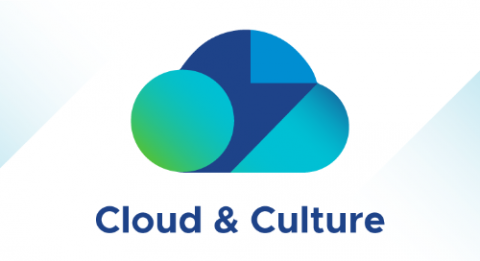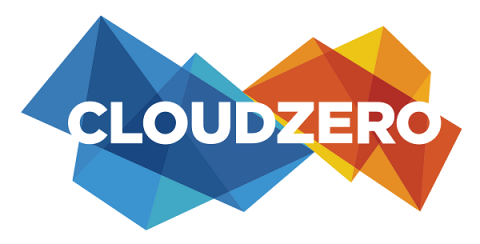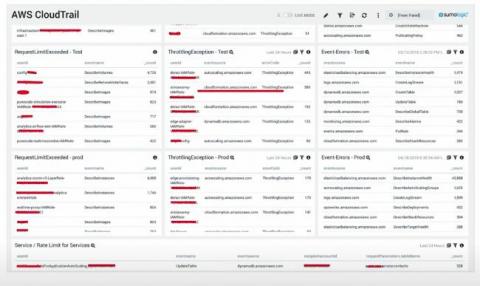How to set AWS S3 Write Permissions with Relay
Misconfigured resources are a big contributor to compromised cloud security. If you have misconfigured Amazon S3 buckets, for example, malicious actors could access your data, then inappropriately or illegally distribute this private information, putting your company’s security at risk. Policies and regular best practices enforcement are key to reducing this security risk.











